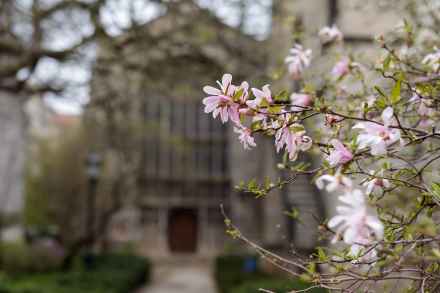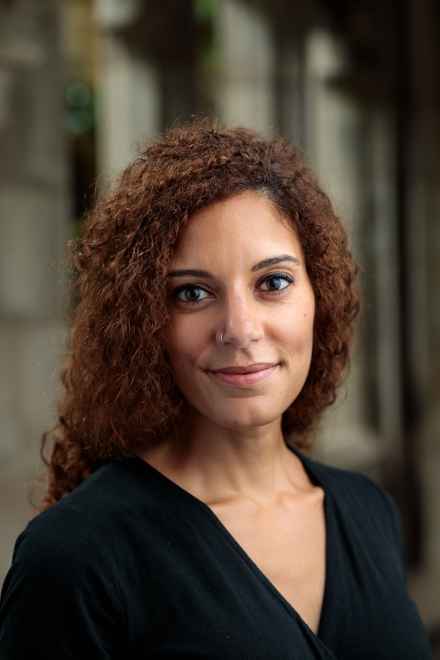Humanities scholar elected as an honorary member of the Royal Irish Academy
For many years, Prof. James K. Chandler studied, researched, and taught the English side of literature, politics, and history. About 30 years ago, he realized there was a wholly different Irish perspective, which was equally worthy of study and teaching. Chandler started asking questions such as “What happens if we look at the Irish perspective on English literary history? What if we shift to understanding both the Irish and English sides of certain key dates in the historical chronical: 1603, 1641, 1688, 1798, 1916?”
For his seminal work on Irish literature and cinema in his books, articles, and lectures, Chandler was elected as an honorary member to the Royal Irish Academy on May 24. He is one of 28 new members from across all disciplines elected by their peers because their work has brought international recognition to Ireland.



